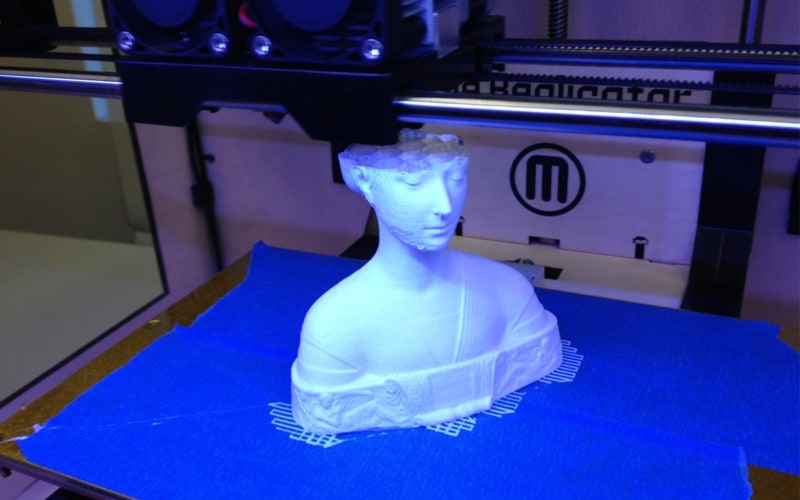What are the different 3D printing technologies?
3D printing is cool and all but what's happening behind the scenes? Find out right here

You can trust PC Guide: Our team of experts use a combination of independent consumer research, in-depth testing where appropriate – which will be flagged as such, and market analysis when recommending products, software and services. Find out how we test here.
At PC Guide, Jacob has shared his expertise across best and buying guides, including the likes of GPU, CPU and beyond.
